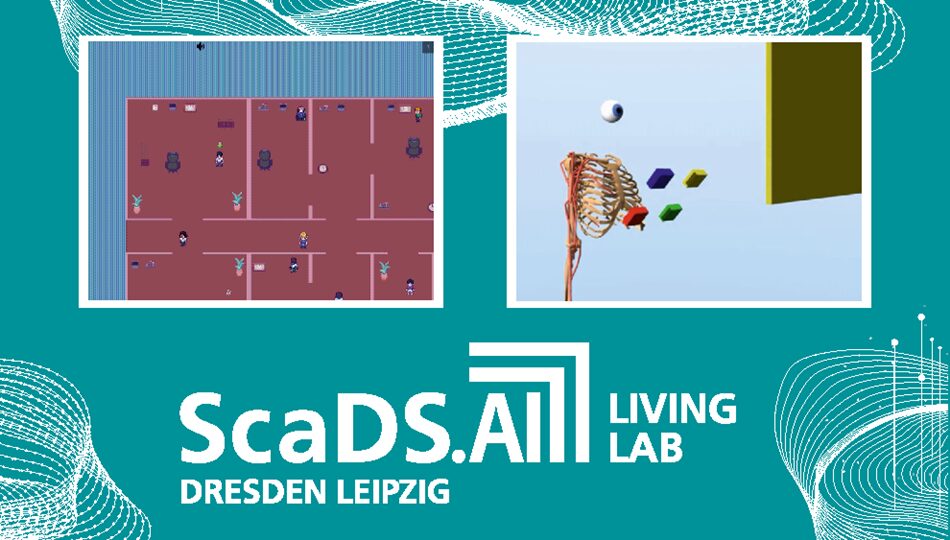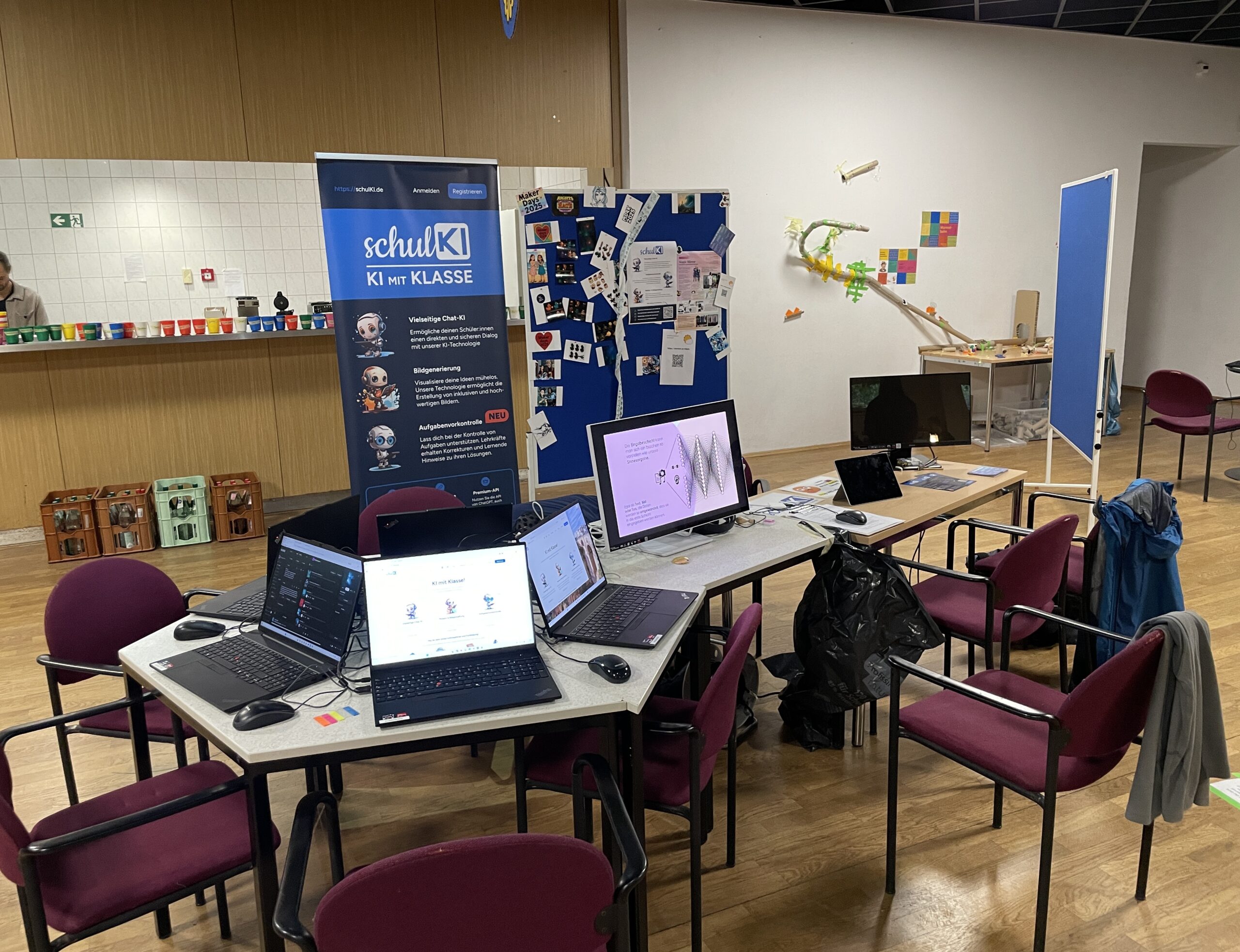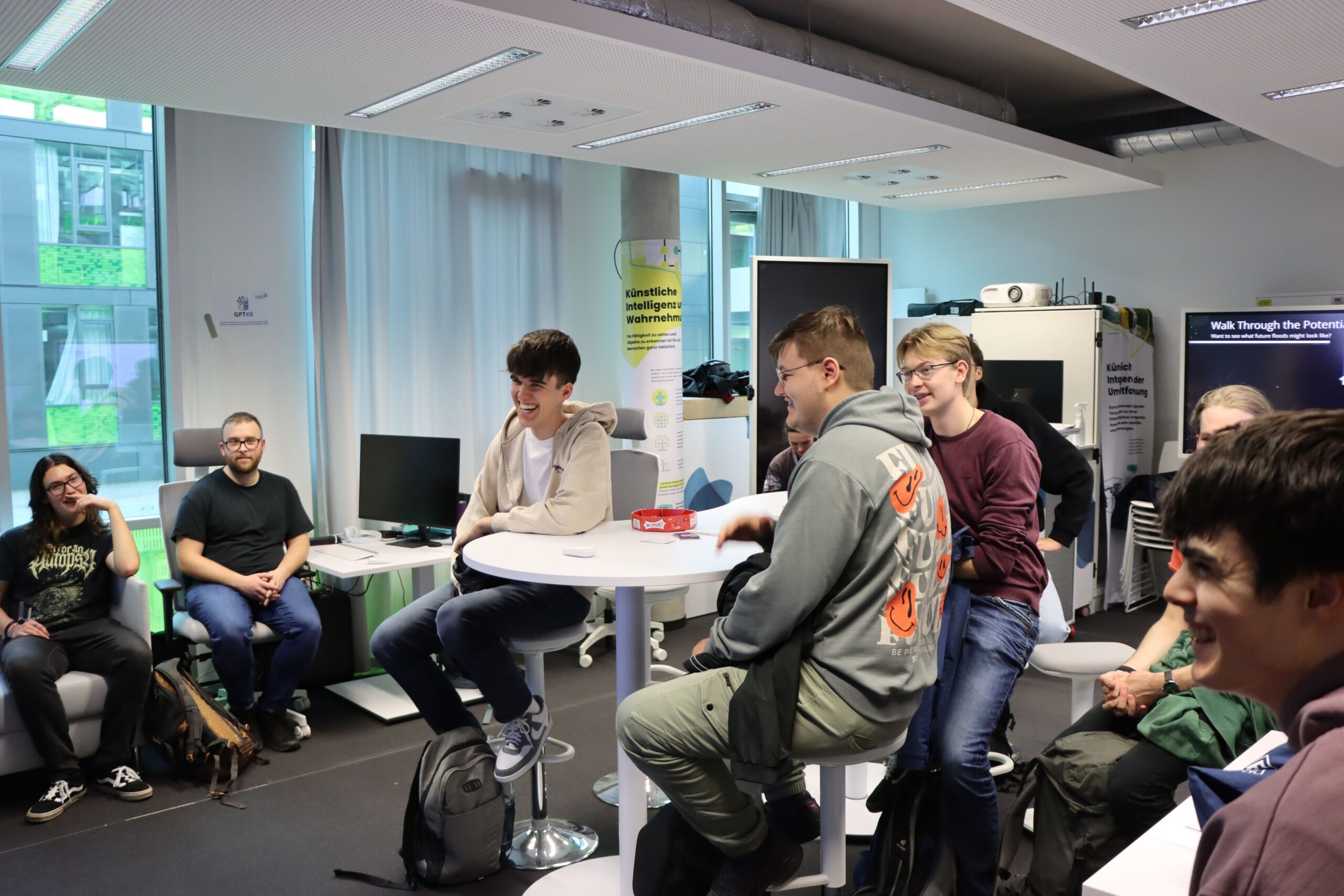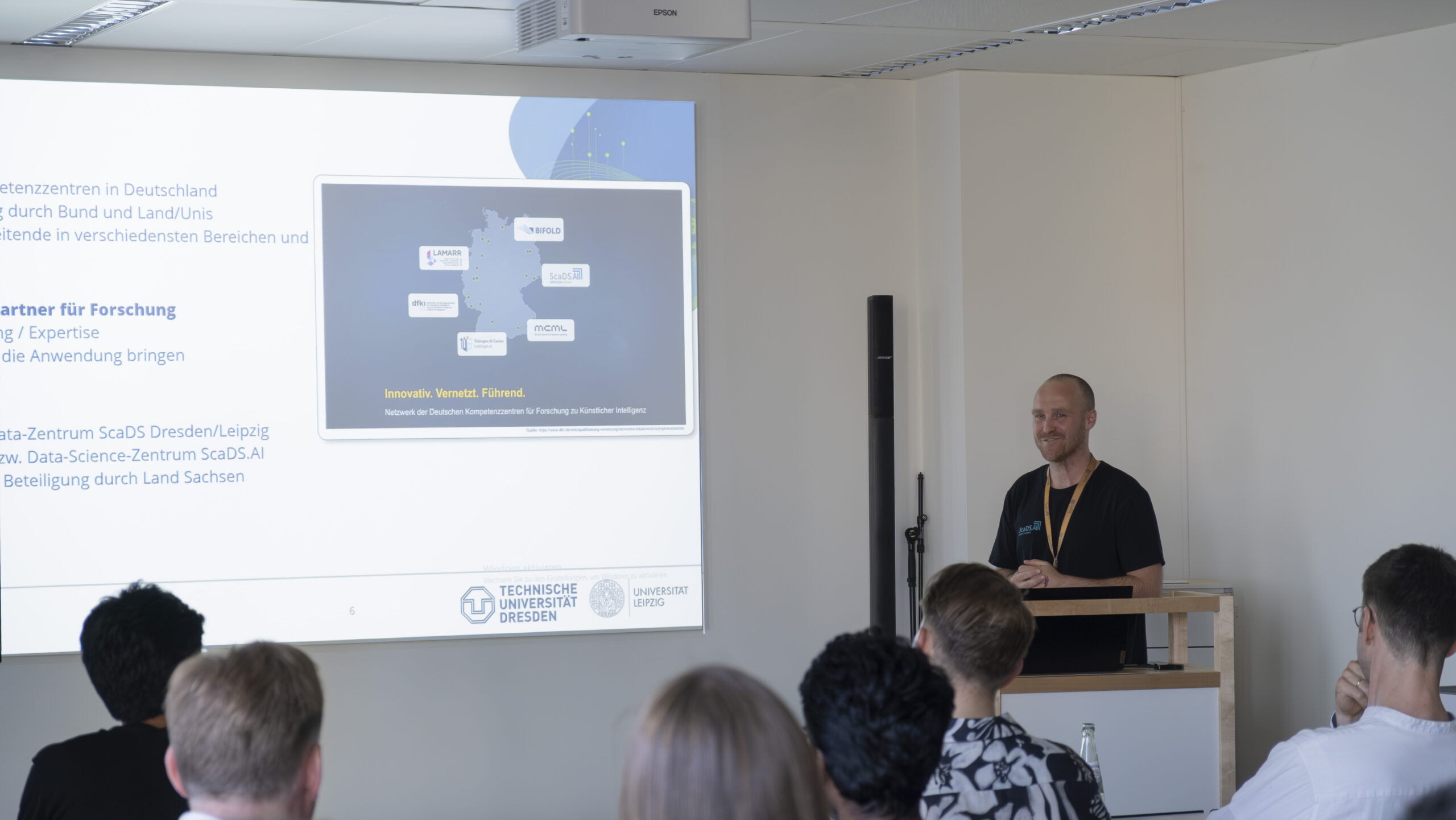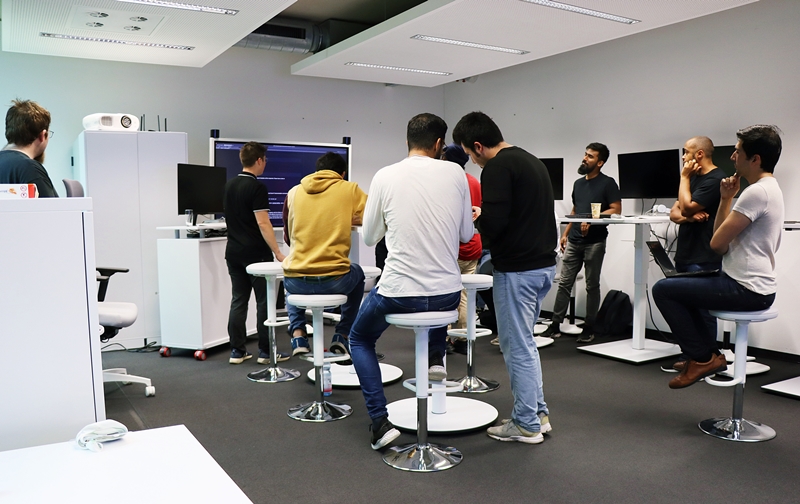
September 8, 2022
First Hands-on Demonstration at the ScaDS.AI Living Lab in Dresden

On 08.09.2022, ScaDS.AI Dresden/Leipzig welcomed many interested participants to the first session of our new Living Lab Hands-on Demonstrator Series. In this Hands-on Demonstration, ScaDS.AI scientific researcher Elias Werner introduced the audience to his demonstrator Bridging between Data Science and Performance Analysis.
Hands-on Demonstrator Series: An introduction
In the ScaDS.AI Living Lab Hands-On Demonstrator Series we showcase the latest accomplishments, discoveries, improvements and educational tools of the ScaDS.AI team in the field of AI, Big Data and Data Science. We welcome you all to our Living Lab for an opportunity to find out more about our research and demonstrators. The introductory talk, Q&A and hands-on session will provide you with a chance to familiarize yourself with the demonstrator, with the guidance of the demonstrator creator, and have a discussion on their research directions and real-life applications. The event series takes place on sight at our Living Lab in Andreas-Pfitzmann-Bau (Room: 1020) at TUD Dresden University of Technology. Each Hands-on Demonstration is structured in 3 parts:
- short introduction to the demonstrator (10 minutes)
- Q&A with the researcher (5 minutes)
- try the demonstrator yourself with the guidance, support and assistance from our researchers (20-40 minutes).

Hands-on Demonstration: Bridging between Data Science and Performance Analysis
In the last years, an increasing amount of available data has led to new application approaches and an application field that is now called data science. Such applications often require low runtimes while having to deal with restricted compute resources. Up to now, we perceive that the data science community lacks tool support for runtime and resource usage investigations. Thus, we present an approach that combines data science and performance analysis from the High Performance Computing domain. Our concept integrates the measurement framework Score-P in Jupyter, a popular editor for the development of data science applications. We designed and implemented a custom Jupyter kernel that collects runtime data and applied it to a natural language processing application. The measurement overhead was 12.55 seconds. The benefits are, that the collected data can then be visualised using established performance analysis tools.

